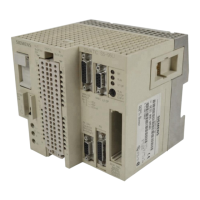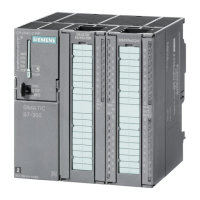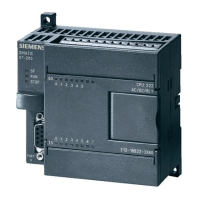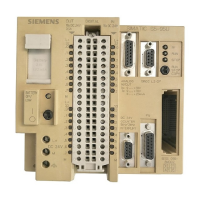Installation and Startup
3-12
3.8 Startup
V
alues and Examples
Read
this entire section before attempting to energize the module. If you are
using any of the discrete output circuits, also read Chapter 4 before
energizing the module.
The module reads in and validates the entire 300-word download table
before executing any profile. Therefore, ensure (1) there are no incorrect
values in any of the profiles; and (2) that the pertinent locations in the
V
-memory download table are filled in with appropriate values.
TISOFT
may be used to enter table values during start-up, but to
avoid mis-operation, LDC boxes in RLL should be used to load
constants (even if the value entered is zero) to ensure that
erroneous values are not present.
Before proceeding, ensure that the following tasks are completed:
— Input/output configuration set with SW1
— Input/output voltage ranges set with Jumpers J10–J18
— Connector attached to front of module and secured with screws
— Module seated in mounting base and secured with screws
— Power supply and signal wiring connected and accuracy
verified
The
following example provides a suggested set of startup values for the
normal I/O and download table, with some explanation of their functions.
This example assumes the following:
•
Both clamp and inject functions are controlled by the module.
•
The T
urboPlastic module is located in the first slot in the base.
•
The download table starts at V
-memory location 1.
•
The upload table starts at V
-memory location 301.
Suggested values for normal I/O locations:
WY5 → 1
Start of download table—300 values
WY6 → 301
Start of upload table—100 values
WY7 → 1121
Sets module in run mode—run light on
WY8
→ 0 Must
be toggled back to zero or any value that has
its first 5 bits = zero to allow another start cycle
WY8 → 16384
Runs inject in closed loop mode only
.
CAUTION
!
CAUTION
!

